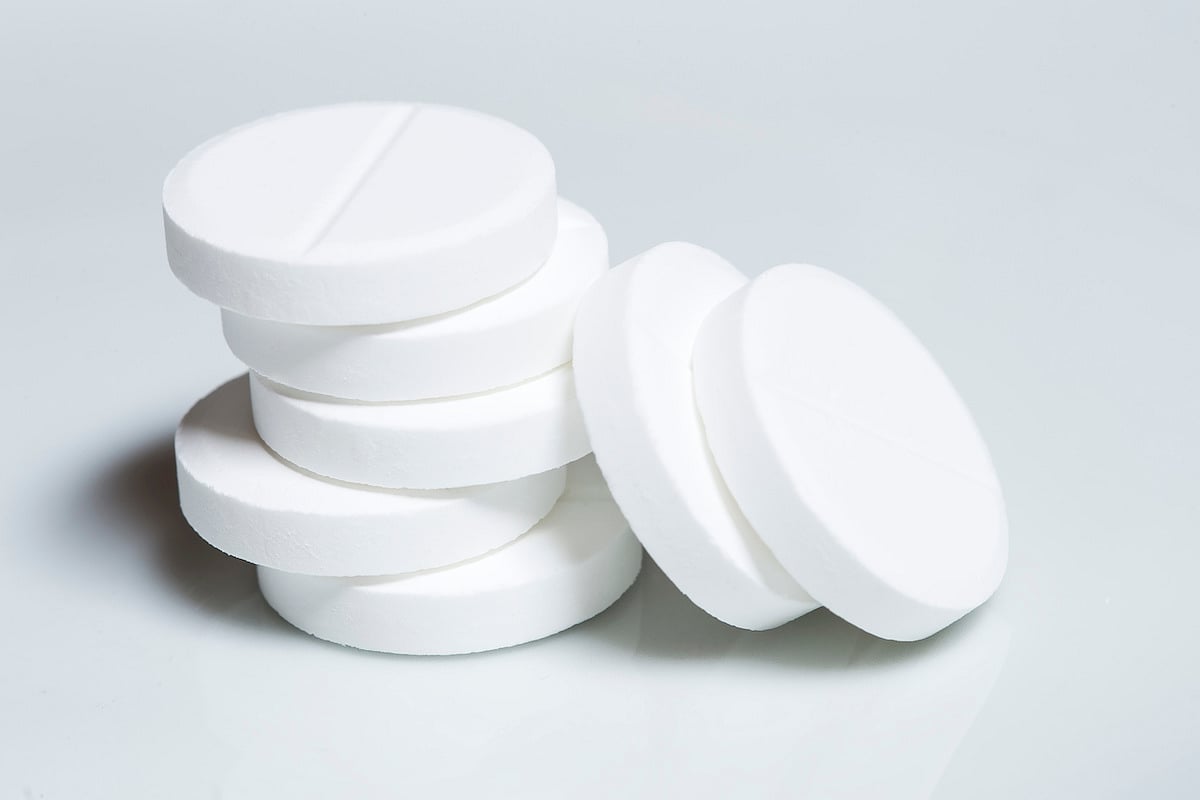Photo Credit: Allexxandar
Similar postinsertion complication and technical survival rates are seen with single- and double-purse-string suture catheter insertion methods for peritoneal dialysis, according to a study in Renal Failure. Researchers conducted a retrospective study involving 142 patients who underwent peritoneal catheterization using the single- or double-purse-string suture method (Groups S and D, respectively). Within the first month after insertion, there were no significant intergroup differences in infection or non-infectious complication rates. At 1, 2, and 3 years, the estimates of technical survival were 96.3%, 90.4%, and 85.9% and 89.9%, 86.7%, and 84.8% in Groups S and D, respectively. During the 3-year follow-up, patient survival rates were comparable between groups. “This study revealed similarities in postinsertion complications and catheter technical survival rates between the single- and double-purse-string suture methods for peritoneal dialysis catheter implantation,” investigators wrote. “These findings highlight the viability of the single-purse-string suture method, which simplifies the surgical process and is worthy of widespread clinical use.”


















Create Post
Twitter/X Preview
Logout